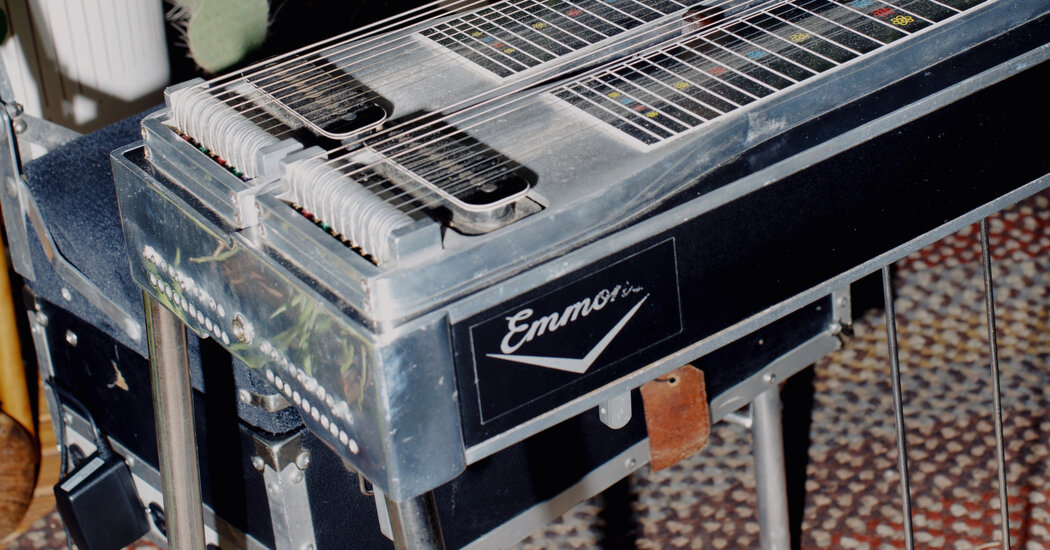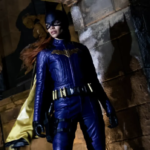
That evolution is accelerating: The modern steel icon Greg Leisz played on half of Daft Punk’s final album, while the funk band Vulfpeck recently commissioned the Los Angeles whiz Rich Hinman to interpret a Bach chorale. The Texan Will Van Horn went viral in 2016 for covering Aphex Twin with pedal steel, while Dave Harrington, half of the haute electronic duo Darkside, used it as his compositional tool for Alanis Morissette’s recent meditation album. A new fleet of stirring steel players has emerged, and an 11th volume of the long-running guitar compilation “Imaginational Anthem,” out Friday, offers a snapshot of the evocative instrument’s intrigue.
“One reason it has taken so long to grow out of the genre it’s been pigeonholed in is because it’s so technically complex, and that complexity has kept a lot of people in the country world,” said Luke Schneider, the Nashville player who curated the new collection, by phone. He detailed how the knees push levers that bend strings, how the feet trigger pedals that stretch them, how the hands work in constant harmony. “It might be the most difficult instrument in the Western world to learn,” he concluded.
Schneider, 42, once thought he might have to stay in the country world, too. A longtime devotee of ambient music who knew of other Nashville players flirting with experimental sounds, he instead backed the singer-songwriter Margo Price in her early country years and later joined the masked musician Orville Peck’s band. Nashville sounds, Nashville paychecks.
But he then encountered Susan Alcorn, one of the instrument’s rare iconoclasts alongside the tinkerer Chas Smith and the famed producer Daniel Lanois. Her 2006 album, “And I Await the Resurrection of the Pedal Steel Guitar,” felt like a pioneer’s sketchbook of exotic places a young player might take the antique. Schneider followed her lead, trying to use the pedal steel’s stature to his advantage.
“You’re literally playing this instrument with your whole body. You have to conjure your feelings, then connect them to your toes, your knees, your fingers, your eyes, and your ears,” Schneider said. “All of that combined can express the voice of a musician in a way few other instruments can.”




